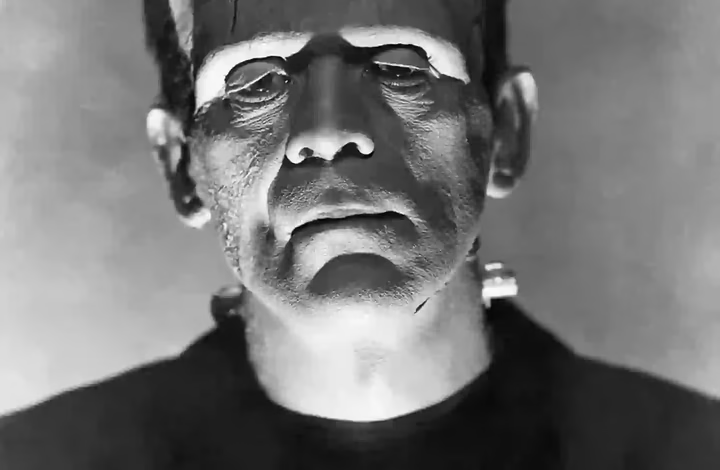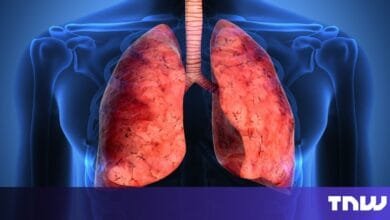Scientists Find Mysterious ‘Third State’ Beyond Life and Death

▼ Summary
– Scientists have discovered a ‘third state’ where cells exist neither fully alive nor dead, challenging traditional biological classifications.
– Cells from deceased organisms can reorganize into multicellular life-forms like ‘xenobots’ (frog cells) and ‘anthrobots’ (human lung cells), which exhibit self-repair capabilities.
– Factors such as age, health, sex, species, and post-mortem conditions influence a cell’s ability to enter this ‘third state.’
– The discovery could revolutionize medicine, with potential applications like engineered anthrobots for treating illnesses, without long-term harmful cell growth risks.
– Researchers suggest this finding may impact regenerative medicine, redefine legal death, and expand understanding of life’s physiological limits.
Scientists have uncovered a biological phenomenon that challenges our fundamental understanding of life and death, a mysterious “third state” where cells continue functioning after an organism dies. This groundbreaking discovery could reshape medical science and our approach to regenerative treatments.
For centuries, biology operated on a binary principle: organisms were either alive or dead. Now, research reveals certain cells defy this classification, entering a transitional phase where they not only survive but develop new capabilities post-mortem. Unlike fictional undead creatures, these real-world cellular behaviors offer practical scientific value rather than horror movie thrills.
The discovery emerged from studies showing how cells from deceased organisms reorganize into multicellular structures with surprising functions. In one experiment, frog tissue formed self-assembling “xenobots,” while human lung cells created “anthrobots” capable of repairing damaged tissue. These entities, lasting weeks before naturally degrading, avoid the risks of uncontrolled growth seen in cancerous cells.
Several factors influence whether cells enter this third state, including the donor’s age, health, and even post-mortem conditions. The findings suggest cellular life isn’t as rigidly defined as once thought, some systems persist, adapt, and even thrive temporarily after death.
Medical applications could be revolutionary. Engineered anthrobots might one day target diseases or assist in tissue regeneration. The research also prompts ethical and legal discussions, particularly around defining death in contexts where certain cells remain active. As scientists explore this gray zone between life and cessation, they’re uncovering possibilities that could redefine regenerative medicine and our grasp of biology’s boundaries.
While the science is far from creating reanimated monsters, it opens doors to innovations that could heal rather than haunt. The third state represents not just a biological curiosity but a potential toolkit for future therapies, blending the lines between what we consider living, dead, and something entirely new in between.
(Source: Lad Bible)
